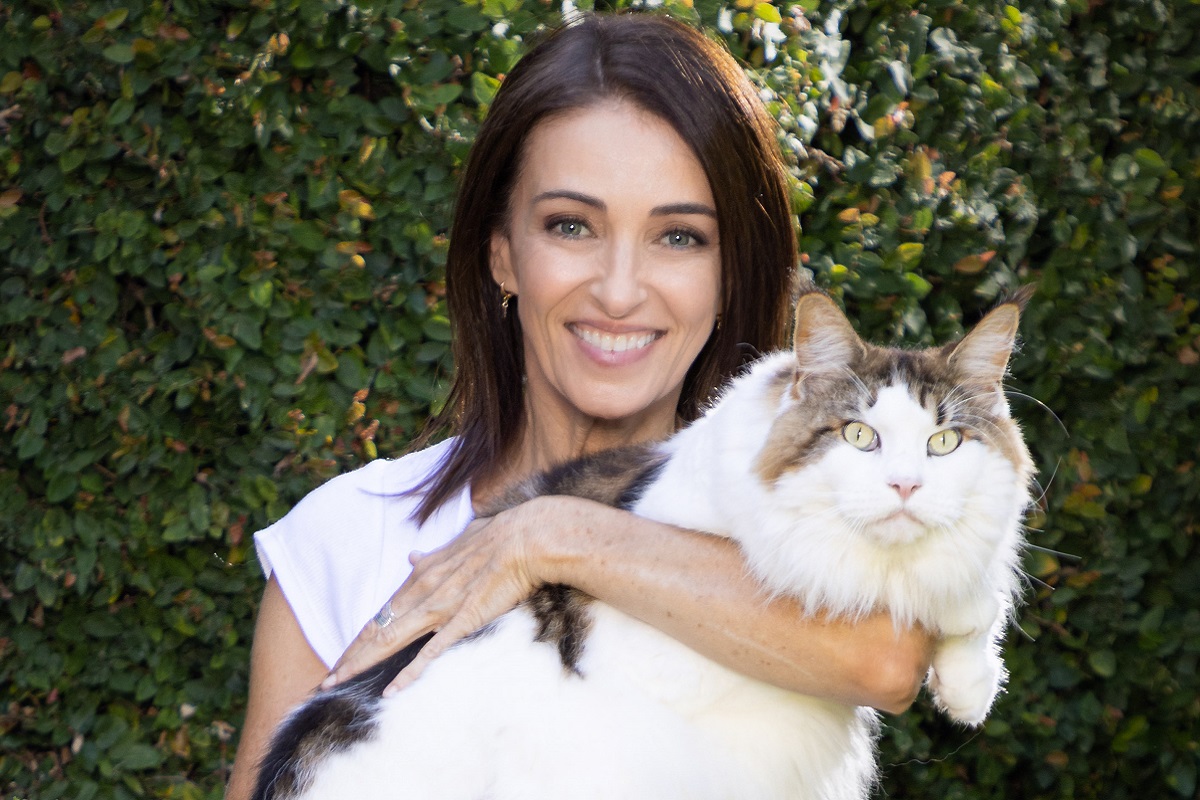As responsible pet owners, it is our duty to ensure the well-being of our furry friends, especially during hot weather.
PetSafe®, Australia’s favourite pet brand, is dedicated to promoting pet hydration through its annual Pet Hydration Awareness Campaign; on now through to end of February.
According to a recent survey conducted by PetSafe® with over 1,000 pet owners, 9 out of 10 prioritize their pets’ needs during summer activities, ensuring that meals, hydration, and exercise remain unaffected. However, confusion often arises when it comes to keeping pets cool and properly hydrated, with over half (59 percent) expressing uncertainty about their pets’ specific water requirements.
In collaboration with veterinarian and media personality Dr Katrina Warren, PetSafe®ANZ is providing ten essential tips as part of this campaign to help prevent dehydration in our beloved pets.
“Addressing gaps in pet hydration knowledge is crucial to ensuring the safety and health of our pets,” says Dr Katrina Warren. “It’s important to remember that cats have a lower thirst drive compared to dogs, and their intake requirement is lower, which means they may not drink as much water. Nonetheless, proper hydration is vital for their overall health and to prevent issues like urinary tract problems. Cats can concentrate their urine, so providing fresh, clean water in a quiet location is essential to encourage them to drink more.”
Here are Dr Katrina’s ten tips to keep your pet cool and hydrated:
Always have water for your dog:
Whenever you venture outdoors with your canine companion, it’s crucial to carry a portable water bowl. This ensures that your dog has easy access to hydration during walks, hikes, or trips. It’s essential to avoid letting your dog drink seawater or water from dirty lakes to prevent potential health issues.
Shade outdoor water bowls:
When you place water bowls outside for your pets, make sure they are positioned in the shade throughout the day. The sun’s movement can quickly heat up the water, making it undrinkable. By providing shade, you ensure that your pets can enjoy cool, refreshing water even on hot days.
Exercise with caution:
While it’s important not to skip exercise altogether during hot weather, it’s equally vital to exercise caution. Avoid walking your dog during peak temperatures, and always offer plenty of water breaks to prevent overheating and dehydration.
Provide cooling treats:
Consider enhancing your pet’s hydration with cooling treats such as the Chilly Penguin stuffed with freezable treats. These special products not only help keep your dog refreshed but also provide mental and physical enrichment, making them a win-win for your furry friend.
Cats’ have a lower thirst drive:
Keep in mind that cats have a lower thirst drive compared to dogs, which means they may not drink as much water. However, proper hydration is still crucial for their overall health and to prevent issues like urinary tract problems. Cats can concentrate their urine, so it’s vital to provide fresh, clean water in a quiet location to encourage them to drink more.
Wet Food for Cats:
To increase your cat’s moisture intake, consider incorporating some wet food into their diet. The higher moisture content in wet food can contribute significantly to their hydration, reducing the risk of urinary tract issues.
Running Water:
Many cats are drawn to running water, which is why they may enjoy drinking from the kitchen tap. To encourage your cat to stay hydrated, you can invest in a cat water fountain, providing a continuous source of fresh, flowing water. For dogs, you can achieve a similar effect by using a pet water fountain like the PetSafe® Butterfly Pet Fountain, which offers multiple free-falling water streams that naturally entice your dog to drink more.
Know Dehydration Symptoms:
It’s crucial to familiarize yourself with common signs of dehydration in pets, including lethargy, loss of appetite, sunken eyes, dry mouth, and rigid skin. Keep an eye out for changes in your pet’s urine colour and gum appearance, as these can also be indicators of dehydration.
Check your pet’s hydration levels:
An easy way to assess your pet’s hydration level is to gently pinch the skin on the back of their neck. If the skin takes time to revert to its usual shape, it may suggest that your dog is dehydrated. This simple test can be a helpful tool in monitoring your pet’s hydration.
Monitor their water consumption:
In households with multiple pets, it can be challenging to gauge an individual pet’s water consumption accurately. However, it’s crucial to observe and track any changes in their drinking patterns. A decrease or increase in water intake may signal an underlying medical condition, warranting a prompt veterinary assessment. By staying vigilant, you can ensure your pets stay adequately hydrated and healthy.
PetSafe®’s Pet Hydration Month runs through January and February 2024. PetSafe is offering 10% off all Hydration products during the campaign, using code HYDRATION10 at checkout. Head to www.petsafe.com/au. Stay updated by following PetSafe® on Instagram (@petsafeanz) and Facebook (@PetSafeANZ).
To stay up to date on the latest industry headlines, sign up to the Pet Industry News e-newsletter.

